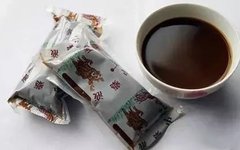Traditional Chinese herbal decoctions are an important means of clinical treatment in Traditional Chinese Medicine (TCM). The methods of preparation and administration directly affect the therapeutic outcomes.
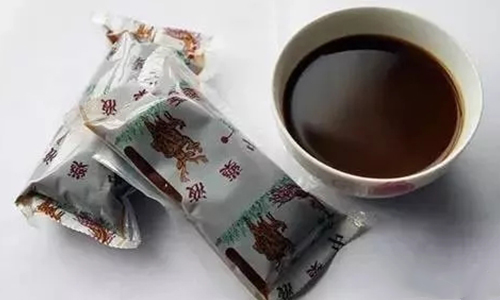
Clinical Advantages of Herbal Decoctions
Herbal decoctions are liquid preparations made by boiling herbs in water to extract their active ingredients. During the boiling process, effective components dissolve in water, and the herbs can interact and blend with each other.
As the oldest and most commonly used form of medication, it uses water as a medium, allowing for rapid absorption, strong efficacy, and broad therapeutic applications, with relatively low irritation and side effects on the human body. It can be flexibly adjusted according to the patient’s condition, constitution, season, and climate, best reflecting the holistic view and pattern differentiation treatment characteristic of TCM. Throughout thousands of years of practice in preventing and treating diseases, decoctions have always been the most important form of medication, continuing to be a vital means of pattern differentiation and treatment in TCM clinical practice.
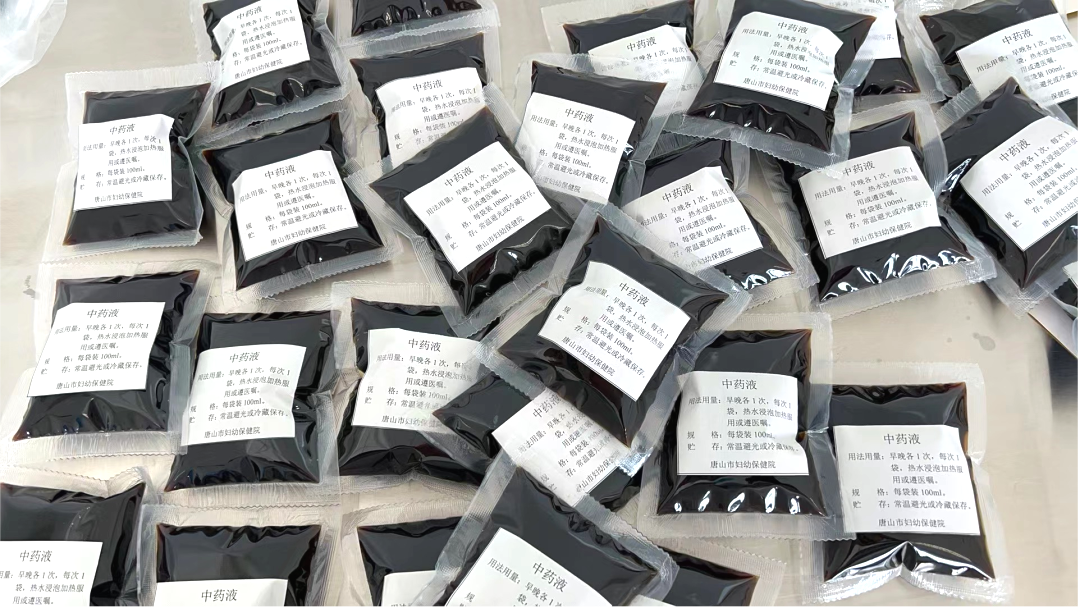
Considerations for Decoction Use
Dosage and Timing
Decoctions are generally taken once daily, divided into 2-3 doses, with intervals of 4-6 hours. Whether to take them before or after meals depends on the location and nature of the disease. Generally, conditions above the chest, such as dizziness, headaches, eye diseases, and throat pain, are better taken after meals; conditions below the chest, such as diseases of the stomach, liver, and kidneys, are better taken before meals; those that irritate the gastrointestinal tract should be taken after meals; tonifying herbs that are rich and cloying should be taken on an empty stomach; and calming herbs should be taken before sleep. For children who have difficulty taking medicine, it can be divided into multiple doses.
Temperature of Administration
Decoctions are generally best taken warm. Diaphoretic herbs should be taken hot to promote sweating and achieve the effect of releasing the exterior; hot conditions should use warm herbs; cold conditions should use cold herbs.
Contraindications
During the period of taking decoctions, dietary restrictions should be observed, avoiding raw, cold, greasy, and spicy foods.
History of Herbal Decoctions
It is said that decoctions were invented by Yi Yin, who assisted King Tang in founding the Shang Dynasty. He was skilled in the properties of herbs and adept at cooking, realizing the principles of combining and decocting herbs from culinary practices, “composing decoctions based on the Shennong Bencao (Shennong’s Classic of Materia Medica),” which is an important aspect of the saying “food and medicine share the same source.”
The emergence of decoctions promoted the transition of Chinese medicine from single herb usage to compound formulations, marking a significant advancement. To ensure efficacy, ancient medical sages summarized the utensils, water quantity, time, and special decoction methods for preparing decoctions.
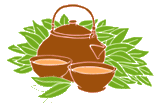
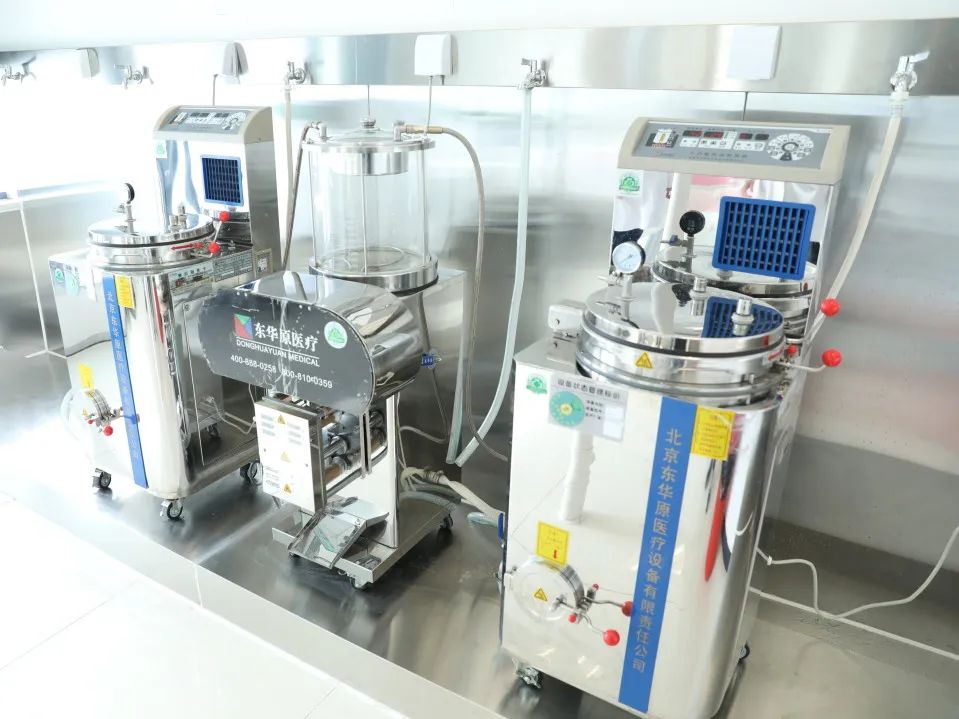
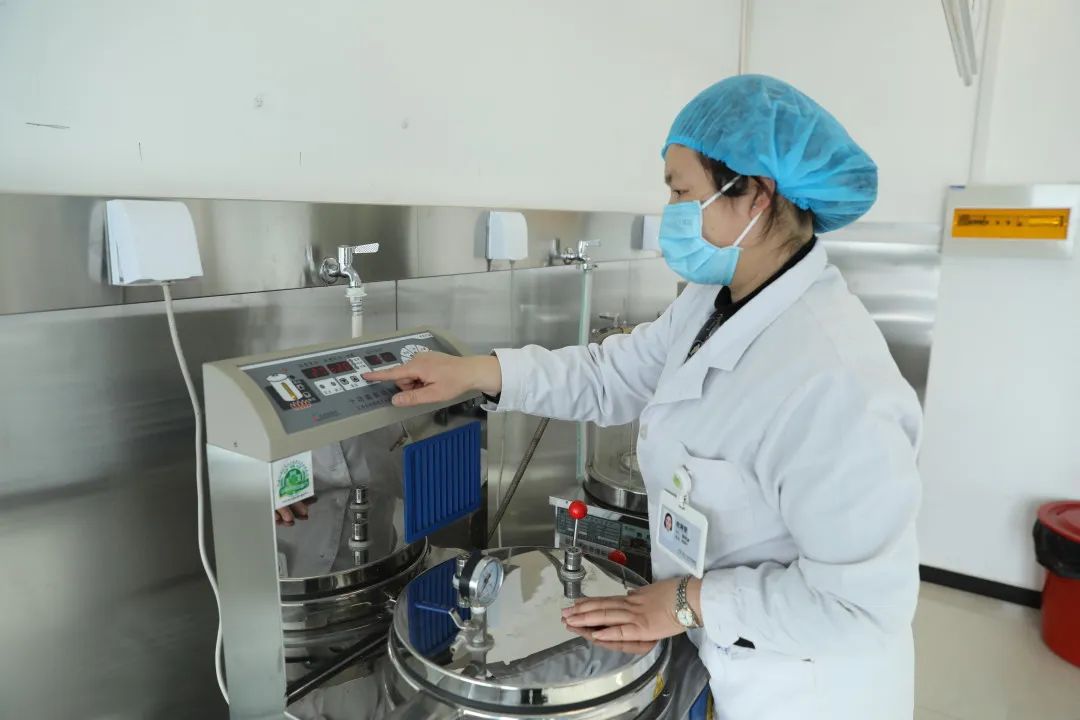
To adapt to the modern urban lifestyle, the Tangshan Maternal and Child Health Hospital has established an intelligent, standardized, and modern preparation center, inheriting and promoting traditional decoction preparation methods, making them easier to take, carry, and store.
END
Editor: Xuan Wen Ning
Reviewer: Wang Chun Yan
Editor-in-Chief: Li Bin
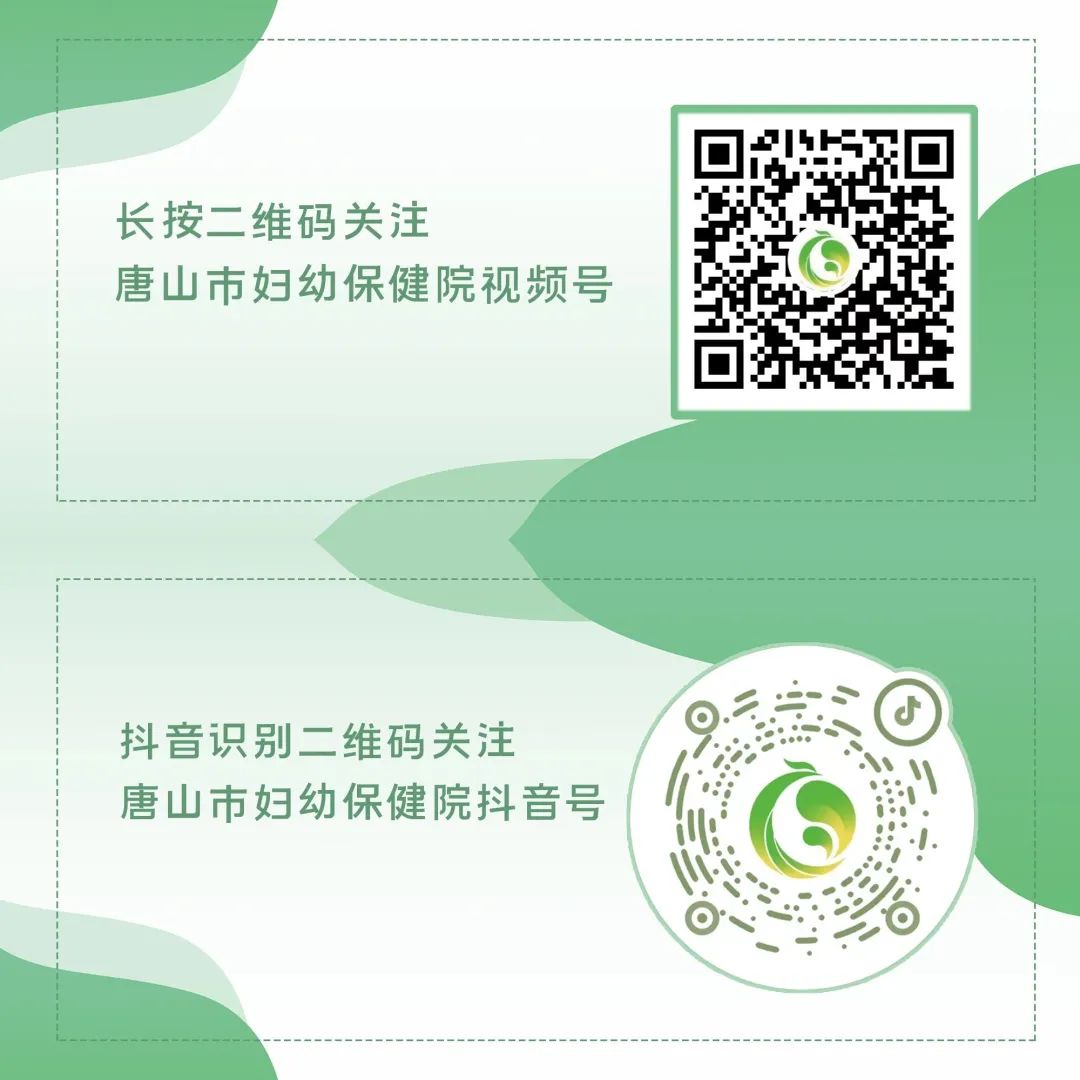
Maternal and Child Health Science Popularization

